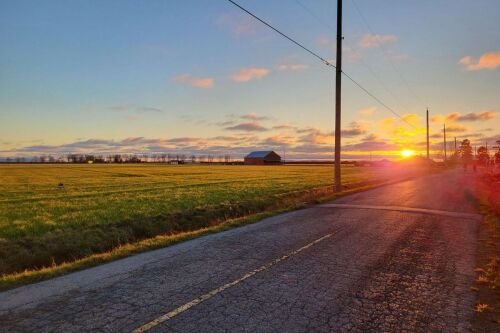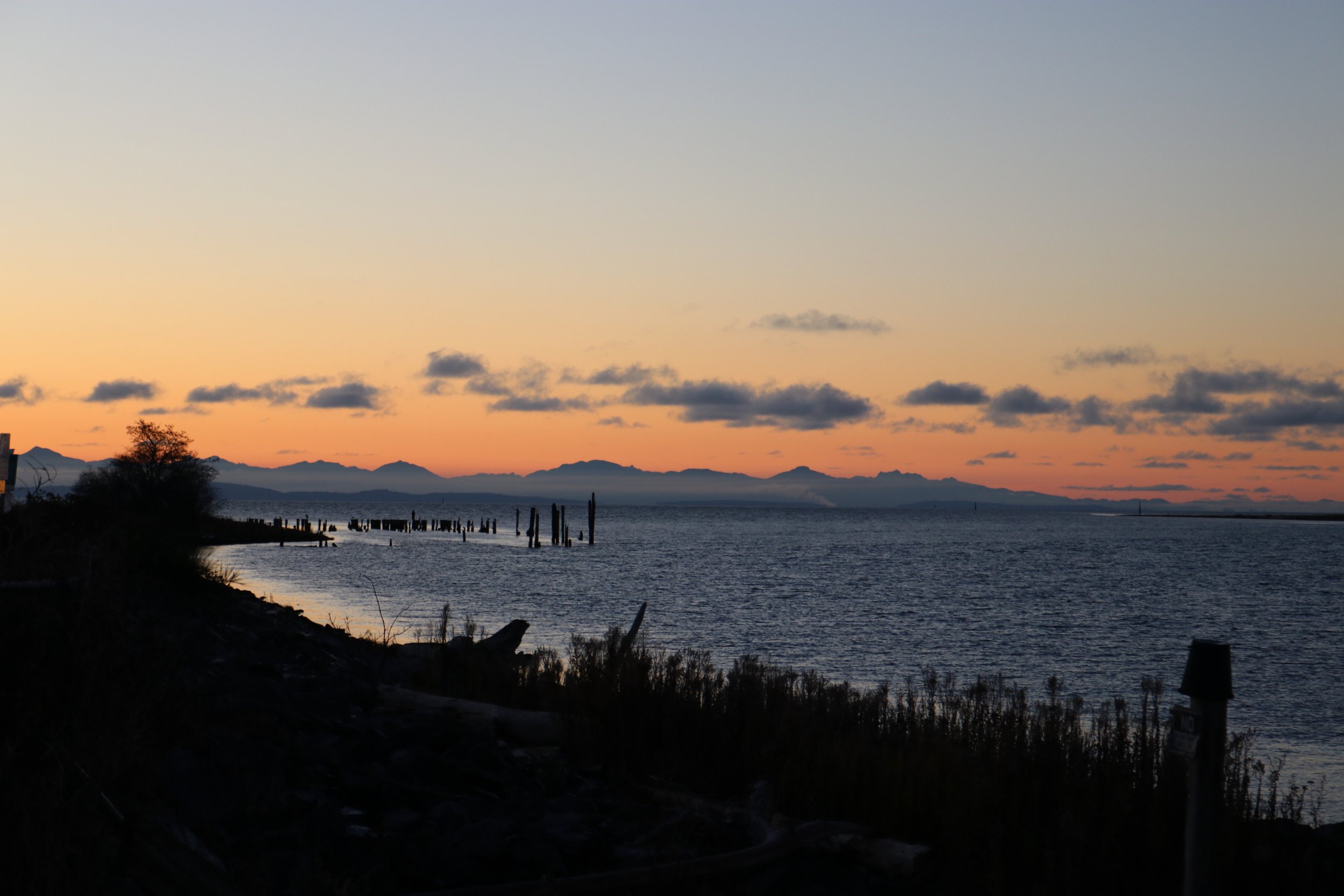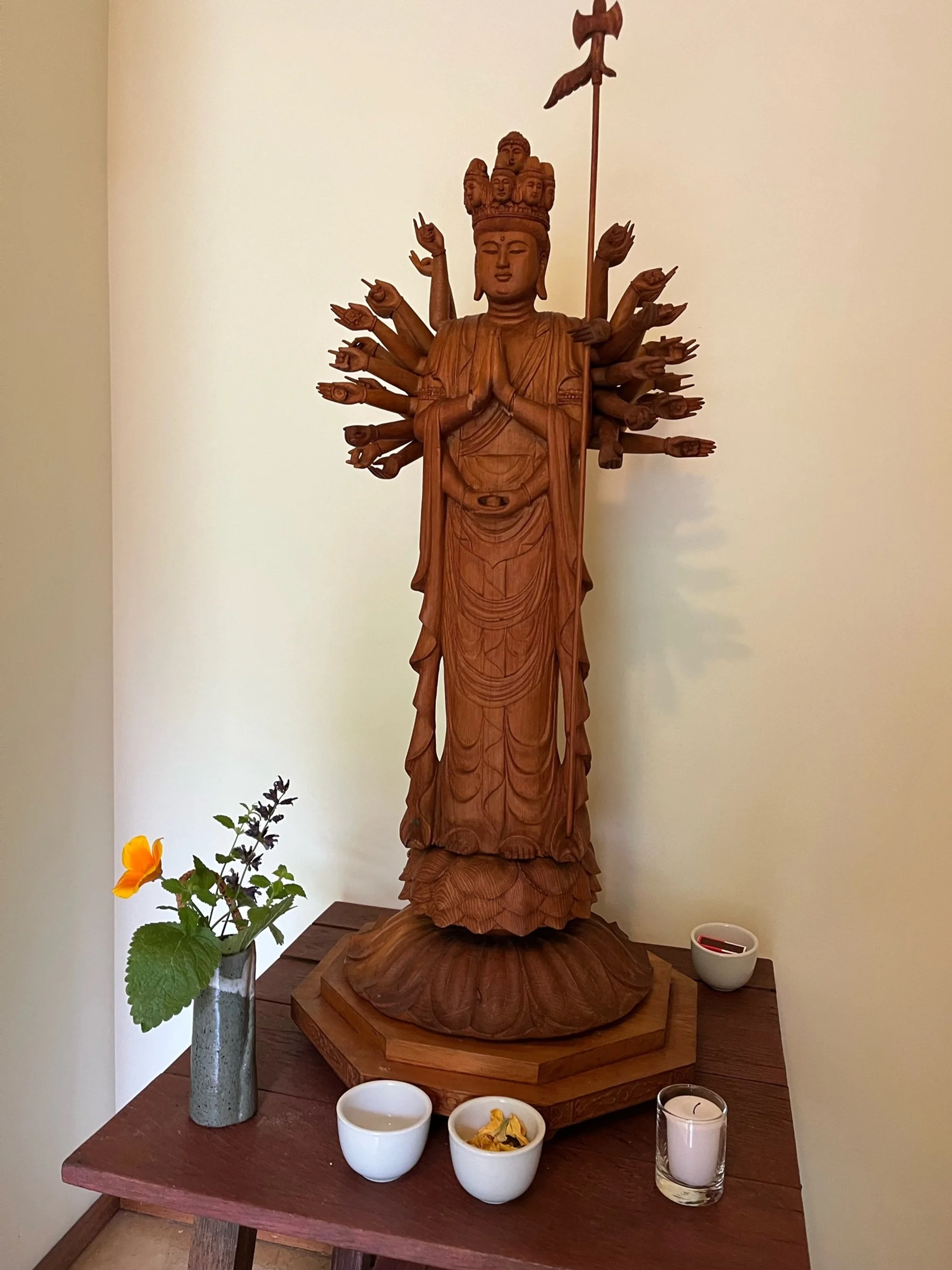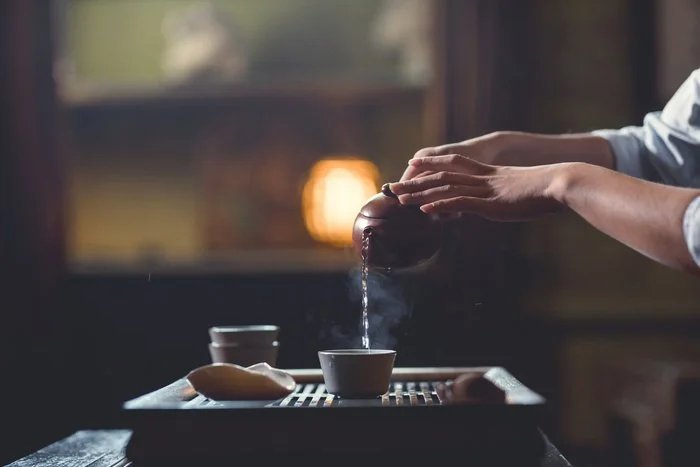Dogen Zenji and Continuous Practice
/For the month of February we will focus on the teachings of Dogen Zenji, the founder of Soto Zen in Japan. We hope you will join us at our regular practice times, Wednesday evenings and Sunday mornings as we inquire into what continuous practice is for lay practitioners. Dogen will give us some prompts, but he always asks us to "investigate this thoroughly", through our own direct experience. We will focus on Dogen’s text “Continuous Practice”. No prior reading is required, but if you would like to follow along, a PDF of Dogen’s complete Treasury of the True Dharma Eye, translated by Kazuaki Tanahashi is available. Click HERE. “Continuous Practice” is chapters 31a and 31b.
What does it means for us as lay practitioners in the 21st century for practice to permeate every aspect of our lives? When we have jobs, families, and relationships, rent or mortgages to pay, groceries to buy. Our everyday experience includes the local and the global, the domestic and the wild, the mundane and the sublime, war and peace... How do we remain present and aware all the days and nights of the week, every moment, even when lying down at night to sleep. Over the course of the month, dharma talks will be given by the guiding teachers and our other Mountain Rain teachers, Joko Claire Talbot and Dai-i Flo Rublee.
Spring--cherry blossoms
Summer--cuckoo's call
Autumn--full moon
Winter-- snow, cold and still
Mind--clear and calm
This poem by Dogen (spare translation by Myoshin) is more than a listing of Japanese seasonal clichés. Dogen's title for the poem, "Original Face" gives the deeper meaning away. Within the changing seasons of our lives, the clear mind witnesses arising and passing phenomena with equanimity, vividly alive.
Dogen Zenji brought Soto Zen practice from China to Japan in the thirteenth century. His writings have come to be known world-wide for their poetic and paradoxical language, and penetrating depth. By studying Dogen together on both Wednesday evenings and Sunday mornings, we can widen and deepen our perspectives on practice. Our month will close with a weekend retreat March 2-3. Click HERE for information and registration.
“Between aspiration, practice, enlightenment and nirvana, there is not a moment’s gap; continuous practice is the circle of the way.”












